
TARGET 090909
Zero Gravity
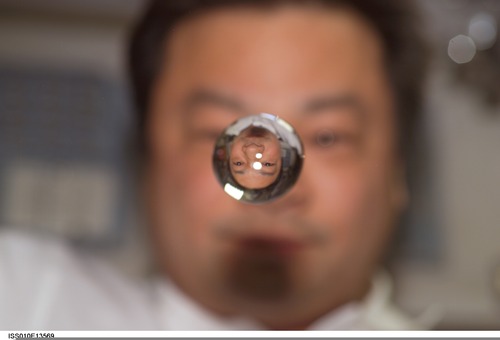

* standing on the ground, sitting in a chair on the ground, etc., where gravity is countered by the reaction force of the ground
* flying in a plane, where a reaction force is transmitted from the lift the wings provide (special trajectories which form an exception are described below)
* during atmospheric reentry, or during the use of a parachute, when atmospheric drag decelerates a vehicle
* during an orbital maneuver in a spacecraft, or during the launch phase, when rocket engines provide thrust
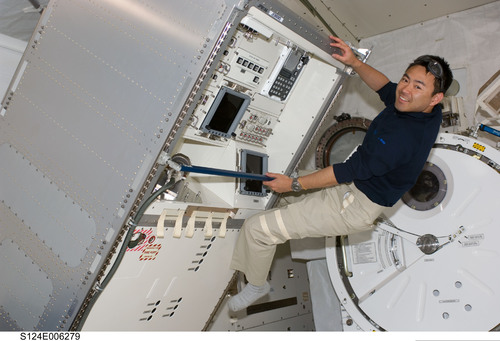
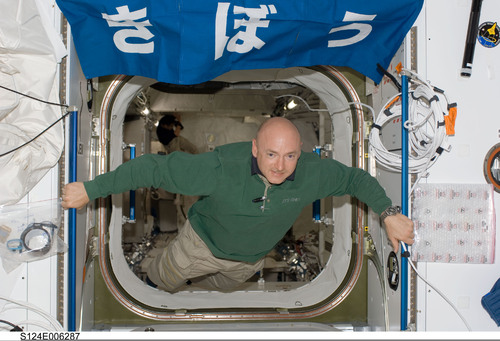

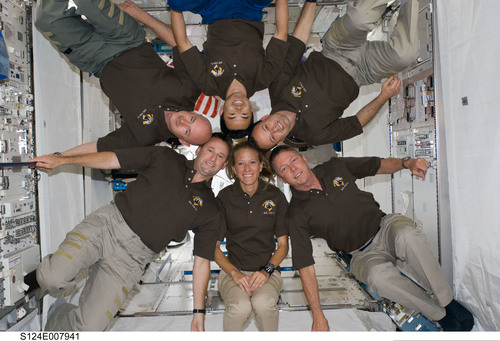

Bad Hair Day!
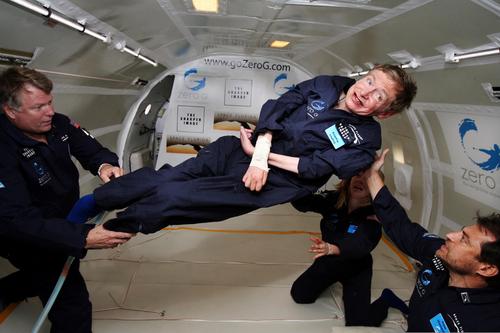
Many thanks to Ray McClure for suggesting and programming this target.